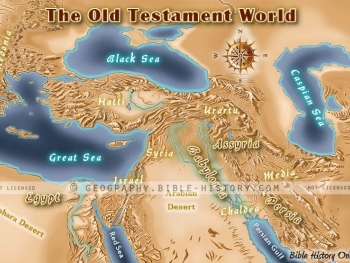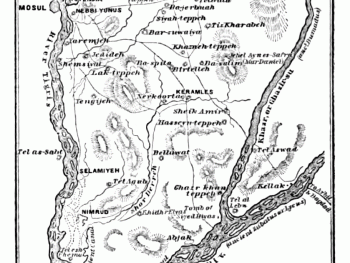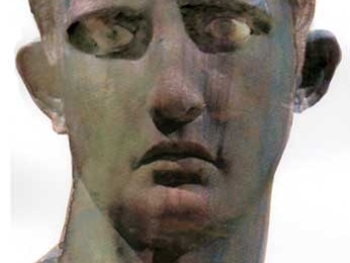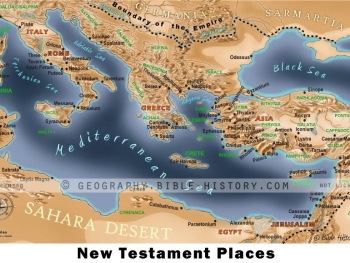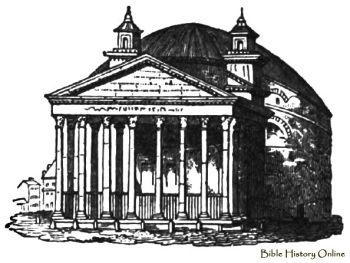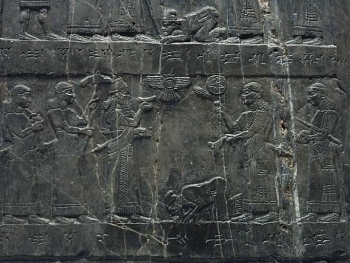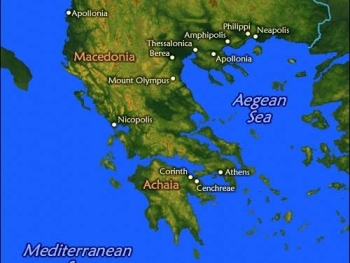The ancient Persian Empire, known for its grandeur and administrative prowess, stands as a testament to the organizational genius of its rulers. From the Achaemenid to the Sassanian dynasties, the Persians created and administered a vast empire that spanned diverse regions and cultures. Exploring the strategies and systems employed by the ancient Persians sheds light on their remarkable achievements in empire-building and governance.
- Centralized Administration: The Persian Empire relied on a highly centralized administrative system, with a strong focus on efficient governance. At the heart of the empire was the royal court, led by the king or emperor, who held supreme authority. Satraps, appointed governors, oversaw provinces known as satrapies, ensuring the collection of taxes, maintenance of law and order, and loyalty to the central government.
- Royal Road and Communication: To effectively administer such a vast empire, the Persians constructed an extensive network of roads and communication systems. The Royal Road, stretching over 1,600 miles from Sardis to Susa, facilitated swift communication, trade, and the movement of troops. Stations along the road provided rest, fresh horses, and supplies, enabling efficient relay of messages and dispatching of official orders.
- Satraps and Local Autonomy: The Persian Empire allowed a degree of local autonomy within the satrapies. Satraps were often chosen from local nobility or trusted individuals, providing a sense of familiarity and ensuring better control over the diverse regions. They were responsible for the collection of taxes, maintenance of infrastructure, and implementation of imperial policies, while still adhering to the overall authority of the central government.
- Cultural and Religious Tolerance: The Persians embraced cultural and religious diversity within their empire, adopting a policy of tolerance. Subject peoples were allowed to practice their own religions and retain their customs, which fostered a sense of inclusivity and minimized resistance to Persian rule. This policy of tolerance contributed to the stability and longevity of the empire.
- Infrastructure Development: The Persians invested heavily in infrastructure development, enhancing the connectivity and prosperity of their empire. They constructed impressive road networks, built bridges, established postal systems, and engaged in ambitious building projects. Examples include the magnificent palaces at Persepolis and the efficient canal systems, such as the Qanat, which provided irrigation for agriculture.
- Diplomacy and Cultural Exchanges: The Persians employed diplomacy and cultural exchanges to strengthen their empire. They formed alliances through marriage alliances, negotiated treaties, and engaged in diplomatic missions to foster cooperation and peaceful relations with neighboring powers. These exchanges also facilitated the diffusion of ideas, technologies, and cultural influences, contributing to the richness and diversity of the empire.
The ancient Persian Empire's creation and administration stand as a testament to their organizational prowess and visionary leadership. Through centralized administration, efficient communication networks, tolerance, and infrastructure development, the Persians effectively governed their vast and diverse territories. The legacy of the Persian Empire endures in its architectural marvels, cultural contributions, and the administrative systems that influenced subsequent empires. The story of the ancient Persians serves as a remarkable example of successful empire-building and administration that continues to captivate and inspire to this day.
